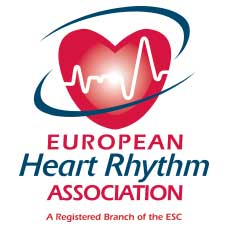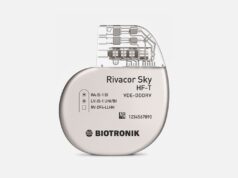
The European Heart Rhythm Association (EHRA) and the EP Europace journal have released the supplement to its ninth annual EHRA White Book, developed in partnership with Biotronik.
The 2016 EP Europace Supplement is intended to provide deeper analysis into data presented in the ninth annual EHRA White Book, which collects and distributes information on the yearly number of cardiac rhythm device implantations and catheter ablations in 50 of the 56 ESC member countries.
Consistent with the findings of previous editions, the EHRA White Book 2016 found persistent inequalities across ESC countries in access to treatment for cardiac arrhythmias. It found many ESC countries, particularly in Eastern Europe, and those not on the European continent, fall behind Western European countries in the use of implantable cardioverter defibrillators in a number of key arrhythmia treatments.
“Having this data helps us assess how well we are able to treat groups of patients who may have been underserved in the past,” says 2016 EHRA White Book Coordinator Pekka Raatikainen, Finland. “We still need to address the disparities between countries in terms of access to all arrhythmia treatments, whether the issues have to do with finances, facilities, manpower or training. One of EHRA’s key goals is to reduce this gap in a number of ways, particularly through training and fellowships.”
The EHRA White Book 2016 also found an increase in the number of ablations for atrial fibrillation and ventricular tachycardia, as well as an increase in cardiac resynchronisation therapy and the use of insertable cardiac monitors, among other findings. “It is particularly encouraging to see evidence that the number of ablations for atrial fibrillation continues to increase,” comments 2016 EHRA White Book co-coordinator David O Arnar, Iceland. “In combination with increasing insertable cardiac monitor use, also documented in the EHRA White Book, we can not only treat patients, but monitor them continuously post-ablation to better gauge success rates.”
Biotronik has supported the EHRA White Book through an unrestricted educational grant since the first edition in 2008. “The results of nine years of continued support are clear—a robust body of data shows not just single point inequalities, but real historical developments that can support decision making in various areas,” says Robert Wüstenberg, who leads the EHRA White Book project at Biotronik. “The value of that data increases with every year, so we are especially looking forward to the tenth edition in 2017.”









